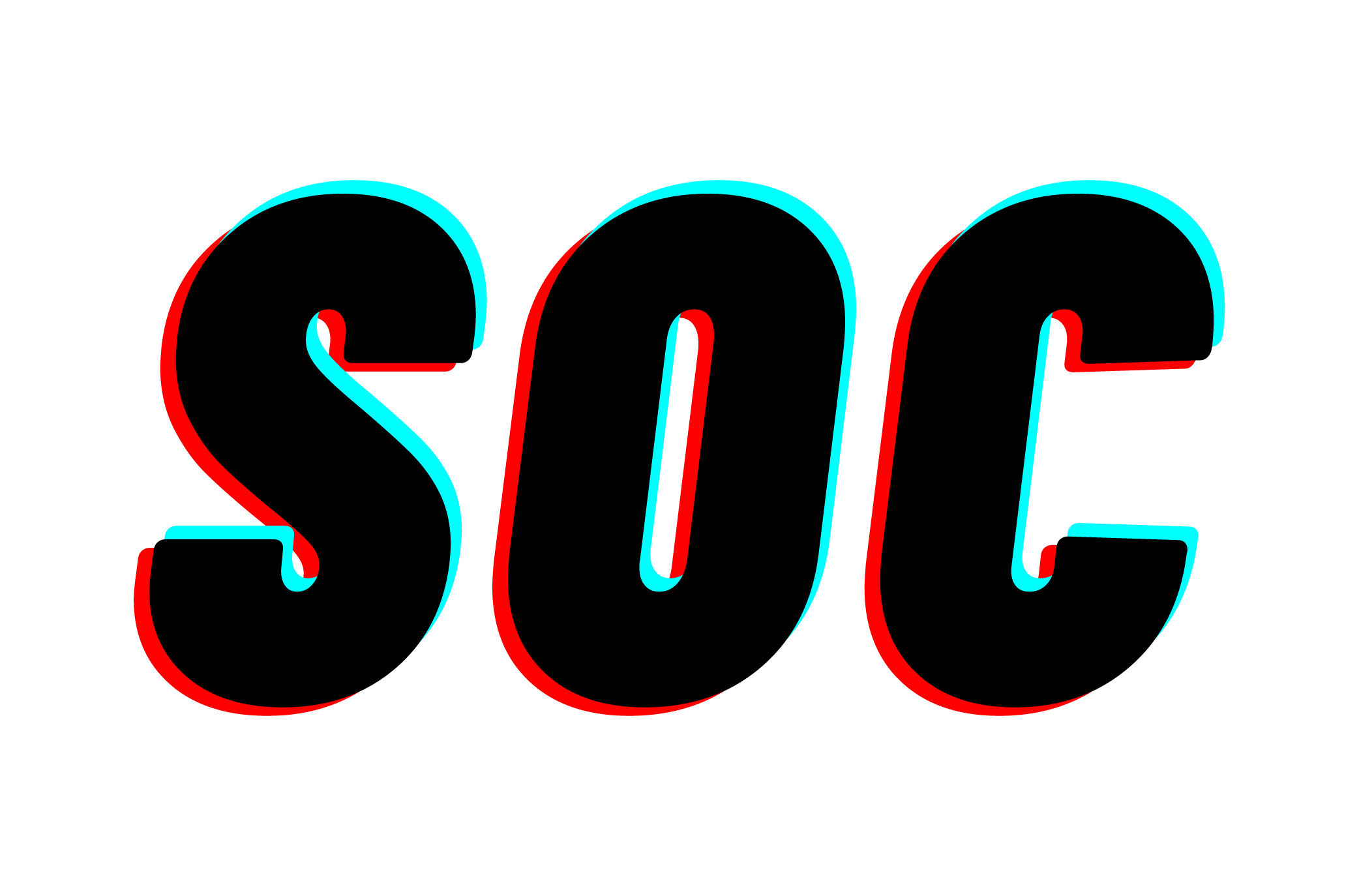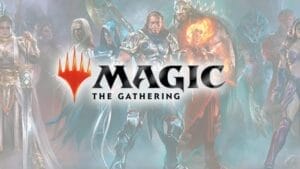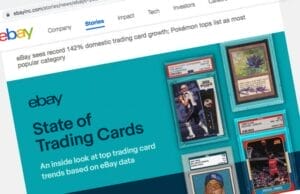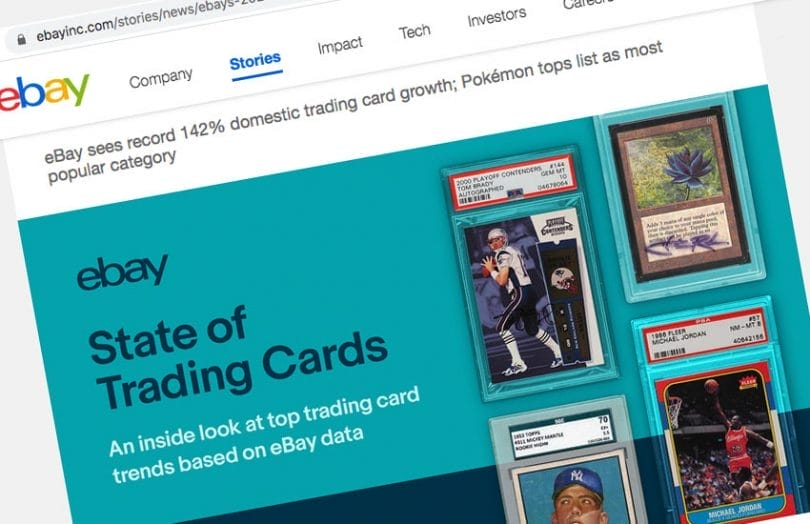
Introduction
In the world of collectibles, few things match the thrill of acquiring a new trading card. The anticipation as you open a new pack, the rush of discovering a rare card, the satisfaction of adding a new piece to your meticulously curated collection – it’s a feeling that’s hard to beat. But what if the card you’ve just added to your collection isn’t what it seems? What if it’s a counterfeit?
The unfortunate reality is that the trading card market, like many other collectible markets, is riddled with fakes. These counterfeits are not just a nuisance; they can significantly devalue your collection and undermine the integrity of the entire hobby.
That’s why we’ve put together this ultimate guide on how to spot fake trading cards. Whether you’re a seasoned collector or a newbie just starting out, this guide will equip you with the knowledge and skills you need to ensure the authenticity of your collection. So, let’s dive in and start exploring the fascinating world of trading cards!
Table of Contents
The Importance of Authenticity in Trading Cards
In the realm of trading cards, authenticity is everything. It’s the cornerstone that holds the entire hobby together. But why is it so crucial?
Imagine this: You’ve spent years, maybe even decades, building your collection. You’ve hunted down rare cards, attended countless trade shows, and invested a significant amount of time, energy, and money into your hobby. Then, one day, you discover that a prized card in your collection—a card you’ve cherished and shown off proudly—is a fake. It’s not just about the financial loss, though that can be substantial. It’s about the betrayal, the disappointment, and the damage to your passion for collecting.
Authenticity is what gives a trading card its value. An authentic card is a piece of history, a tangible link to a moment in time or a beloved character or athlete. It’s something that’s been touched, traded, and treasured. A fake card, on the other hand, is just a piece of printed cardboard. It doesn’t have the same history, the same connection, the same value.
Moreover, the presence of fake trading cards in the market undermines the integrity of the entire hobby. It makes collectors wary and less likely to invest in new cards. It can even deter new enthusiasts from taking up the hobby.
That’s why it’s so important to be able to spot fake trading cards. By knowing what to look for and how to verify a card’s authenticity, you can protect your collection, preserve the value of your investment, and continue to enjoy the thrill of the hunt without fear of being duped. So, let’s delve deeper and learn how to separate the genuine from the counterfeit.
Understanding the Basics of Trading Cards
Before we delve into the nitty-gritty of spotting fake trading cards, it’s essential to understand what makes a trading card authentic. Trading cards, whether they’re sports cards, game cards, or collectible cards, have certain features and characteristics that set them apart.
Firstly, quality is a significant factor. Genuine trading cards are typically printed on high-quality cardstock with clear, sharp images and text. The colors are vibrant, and the details are precise. Counterfeit cards, on the other hand, often have blurry images, dull colors, and low-quality printing.
Secondly, consistency is key. Authentic cards from a particular series or set will have a consistent look and feel. They’ll be the same size, have the same type of finish, and feature the same fonts and design elements. If a card looks or feels different from others in the same set, it could be a red flag.
Thirdly, many trading cards have unique identifiers that can help verify their authenticity. These could include holograms, serial numbers, or special markings. Knowing what these identifiers are and where to find them can be a powerful tool in spotting fake trading cards.
Lastly, age and condition can also provide clues about a card’s authenticity. Older cards may show signs of wear and tear, such as faded colors or worn edges, that are difficult to fake. However, it’s also important to be wary of cards that look too good to be true. A card that’s supposedly decades old but looks brand new could be a counterfeit.
How to Spot Fake Trading Cards
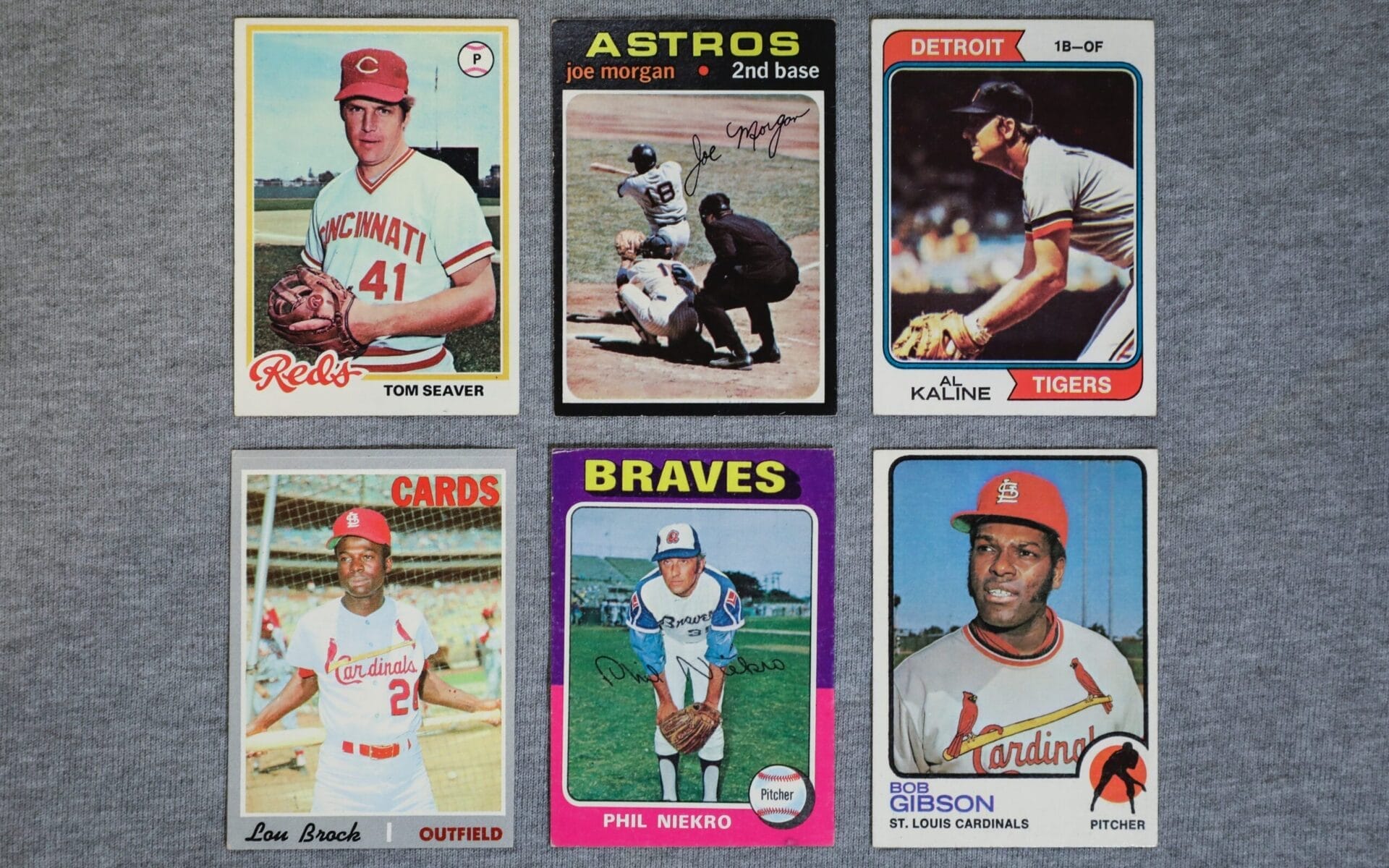
Now that we’ve covered the importance of authenticity and the basics of trading cards, it’s time to dive into the heart of the matter: how to spot fake trading cards. This process involves careful observation, a keen eye for detail, and a bit of detective work. But don’t worry, we’re here to guide you every step of the way.
Visual Inspection
The first step in spotting a fake trading card is a thorough visual inspection. This involves looking at the card closely to spot any inconsistencies or anomalies that might indicate it’s a counterfeit.
Print Quality Check (Images and Text): Authentic trading cards have clear, sharp images and text. If the images or text on a card are blurry, pixelated, or poorly printed, it could be a fake. Pay attention to the colors – genuine cards have vibrant, consistent colors, while fakes often have dull or uneven coloring.
Edge Examination (Borders and Edges): Inspect the borders and edges of the card. Authentic cards have clean, straight borders and smooth edges. If the borders are uneven or the edges are rough or irregular, it’s a cause for concern.
Corner Consistency: Real trading cards should have consistent and evenly cut corners. Fake trading cards may have corners that differ in sharpness or are poorly cut.
Logos and Security Features: Look for the logos and branding elements that should be present on an authentic card. If these elements are missing, altered, or poorly reproduced, the card is likely a counterfeit. Apart from these, check for any security features on the card such as holograms, UV prints, or watermarks. Genuine cards will have these features but fakes typically won’t.
Physical Examination
After the visual inspection, it’s time to get hands-on with a physical examination.
Texture and Thickness: Feel the card. Authentic trading cards have a specific texture and thickness. If a card feels too thin or too thick, or if the surface is overly glossy or rough, it could be a fake.
Weight: Genuine trading cards have a certain weight to them. Fake trading cards often feel lighter or heavier than they should.
Smell: This might sound strange, but the smell of a card can also provide clues about its authenticity. Genuine cards have a distinct ‘new card’ smell, while fakes often have a strong chemical or ink smell.
Advanced Techniques
For those who want to take their fake-spotting skills to the next level, there are also some advanced techniques you can use.
Light Test: Hold the card up to a light. Authentic cards are typically printed on opaque cardstock that doesn’t let light through. If light shines through the card, it’s likely a counterfeit.
Loupe Examination: A loupe is a small magnifying glass used by jewelers and collectors. Using a loupe to examine a card can reveal details that are invisible to the naked eye, such as micro-printing or holographic elements.
Research the Card’s History: Look up the card’s history or provenance. If you can’t trace it or it doesn’t make sense, it’s a red flag and there is a big chance it’s a fake trading card.
Price Too Good To Be True: Always cross-check the price of the card with trusted sources. If it’s priced well below market value, it’s possibly a fake.
Protecting Yourself from Fake Trading Cards
Armed with the knowledge of how to spot fake trading cards, you’re already well on your way to safeguarding your collection. But there’s more you can do to protect yourself from counterfeit cards. Here are some additional tips to help you stay one step ahead of the fraudsters.
Buy from Reputable Sellers: One of the best ways to avoid fake trading cards is to buy from reputable sellers. These could be established retailers, trusted online stores, or well-known individual sellers in the trading card community. Be wary of sellers who offer deals that seem too good to be true—they often are.
Ask for Provenance: When buying a card, especially a rare or valuable one, ask the seller for its provenance. This is the card’s history of ownership, and it can provide valuable clues about its authenticity. A card with a clear, documented provenance is less likely to be a fake.
Get a Second Opinion: If you’re unsure about a card’s authenticity, don’t hesitate to get a second opinion. This could be from a fellow collector, a local trading card shop, or a professional authentication service, like the one we offer at Special One Cards. It’s better to be safe than sorry.
Educate Yourself: Stay informed about the latest news and trends in the trading card market. The more you know, the better equipped you’ll be to spot fakes trading cards. Join online forums, follow trading card blogs, and participate in collector communities. Knowledge is power!
Report Fakes: If you come across a fake trading card, report it. This could be to the seller, the platform where the card was sold, or even law enforcement. By reporting fakes, you’re helping to protect the entire trading card community.
Remember, collecting trading cards should be a fun and rewarding hobby. Don’t let the fear of fakes deter you. With the right knowledge and precautions, you can ensure the authenticity of your collection and enjoy the thrill of the hunt without worry.
Conclusion
Collecting trading cards is more than just a hobby — it’s a journey filled with excitement, discovery, and sometimes, a bit of detective work. In this world, authenticity is paramount, and the ability to spot fake trading cards is an essential skill for every collector.
We’ve journeyed through the importance of authenticity, understood the basics of trading cards, learned how to spot fakes, and discovered ways to protect ourselves from counterfeit cards. But remember, this is just the beginning. The world of trading cards is vast and ever-evolving, and there’s always more to learn.
So, keep exploring, keep learning, and most importantly, keep collecting. With every card you add to your collection, you’re not just acquiring a piece of cardboard—you’re acquiring a piece of history, a piece of art, and a piece of the passion that unites collectors around the world.
And remember, to enjoy the thrill of the hunt isn’t just about finding rare cards, you need to avoid fake trading cards. So, stay vigilant, stay informed, and enjoy the rewarding journey of collecting trading cards.
Happy collecting, and may your collection always be authentic!
Sources
- Beckett Media – A trusted source for trading card news, pricing, and authentication.
- Cardboard Connection – A comprehensive resource for trading card news, reviews, and collecting guides.
- Sports Collectors Daily – An online publication covering news and insights on the sports collectibles industry.
- eBay – An online marketplace for buying and selling trading cards, where sellers’ reputations and buyer reviews can provide insights into authenticity.
- Red Points Blog – An article discussing the topic of fake Magic cards and providing insights on how to identify them.
- Medium – An article by Michal Lukac that explores the use of AI in recognizing trading cards and provides insights on the topic.
